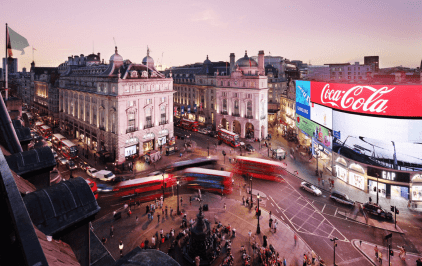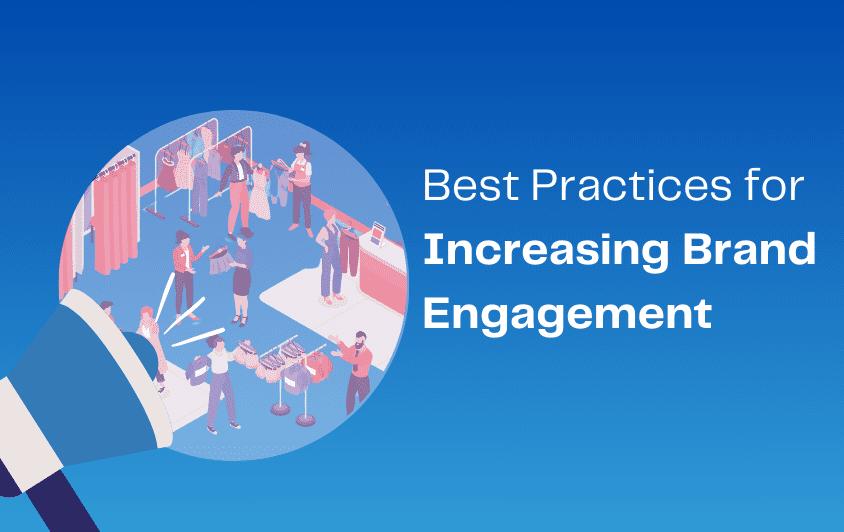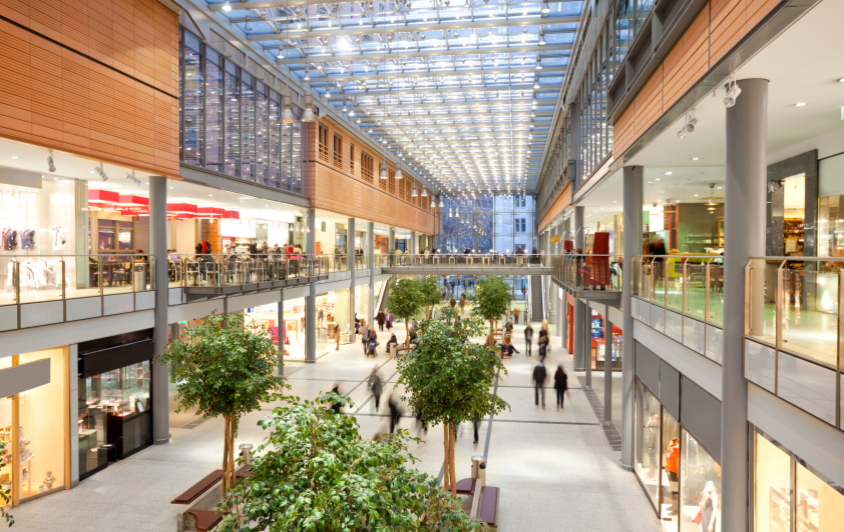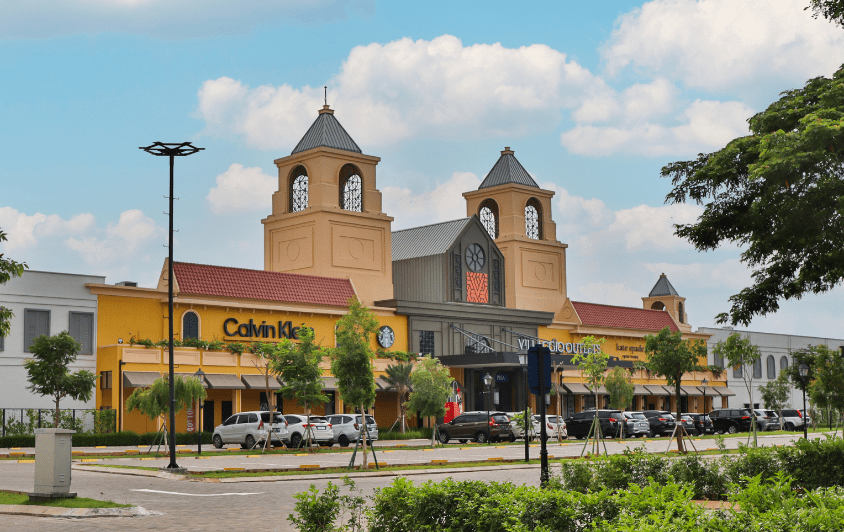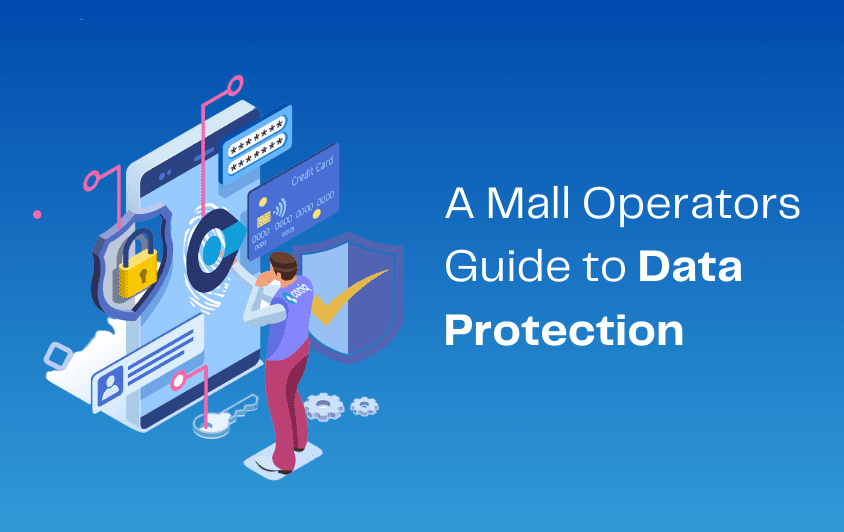Let’s face the facts. COVID-19 has changed where, when and how consumers shop, making it a requirement for Business Improvement Districts to adapt if they are to successfully navigate these unprecedented times.
BIDs are uniquely positioned to revitalise the High Street by bringing together, aligning and mustering people, resources and money from public and private organisations. What is holding them back, is a reliance on traditional metrics.
Most Business Improvement Districts use footfall and dwell time as key performance indicators (KPIs). Although useful, these metrics fail to shine light into why customers make decisions – insight that is required to develop a data driven strategy for planning and delivering a recovery plan for local businesses.
It doesn’t help that the leading retail industry body in the UK publishes data that grabs headlines but fails to enlighten and empower. Last month, the British Retail Consortium released shopper data with a catchy headline, “Footfall continues slow path to recovery.” According to the press announcement, footfall to High Streets declined by 47.5% year on year.
Though interesting, this doesn’t tell me anything I couldn’t learn from visiting a half empty city or town centre: consumer spending has not yet returned to pre-COVID-19 levels. The lack of deep understanding of customer sentiment, behaviour and preferences is not only reflective of the insight gap facing BIDs but is also impeding the recovery of retail and, specifically, our High Streets.
What does this mean for your BID? Go beyond traditional footfall and dwell time and use other metrics such as conversion of visitor into customer, average transaction value and brick and mortar versus online sales. These will give you, and your members, greater visibility into why people are and aren’t shopping locally. Sharing this data with the retailers in your BID not only allows for better relationships, but provides additional value in return for the levies they pay to feature in your district.
This change in focus will require adopting new technologies to collect more pertinent, and timely, data on visitors to High Streets, including when and where else people shop. This is actually easy. The hard part is knowing how to use customer data to proactively pull customers into local businesses using a mix of engagement strategies such as targeted advertising, special events and loyalty programs.
Uniquely, shopper data can also be used to plan the future design of High Streets to support the local population, helping businesses determine what goods and services will interest potential customers. By analysing which shops have the best conversion rates, and which groups of shops are usually visited together, more informed decisions can be made about which new brand would fit well into a vacant retail space.
New research from the High Streets Task Force indicates that multi-functional town centres where retail is no longer the dominant attraction – as result of diversifying before COVID-19 – fared better during the pandemic. From March 1 to June 30 2020, footfall in smaller district centres fell by 34.5%, compared to a drop of 75.9% in larger cities over the same period.
COVID-19 has completely derailed traditional shopping and consumer behaviour, and your BID must act, and act now if your town centre is to successfully navigate these unprecedented times. There is a great opportunity out there – with guidance still being to avoid or reduce time spent on public transport, people are willing to shop locally if given the right incentives. Again, it is all about knowing your customer and communicating with them in a targeted and engaging way that will convert visitors into valuable shoppers.
Leveraging geolocation technology, you can tempt shoppers to your BID before they reach your location, e.g. at local travel hubs. Sending automated and targeted messages to their mobile device containing timely offers is an excellent way to lure shoppers away from your competitors and increase their spend in your BID. Customers can be rewarded as they reach your location and again on purchase, and can be thanked and incentivised to return soon when they leave.
The sooner you embrace new metrics, and the insight from the underlying data, the sooner you will generate more value for your members. This will also help justify your BID’s existence at the ballot.

